Voting Information Technology Continues to Grow Worldwide
According to a Pew poll, 58 percent of Americans prefer to look online first for polling place or election information, but this trend isn’t confined to the U.S. borders. Providing voting information online and through mobile devices is an effort that is catching on internationally:
In Malawi, voters were able to check their registration status for this year’s elections online for the first time in that nation’s history. Registered voters could also verify their information free of charge using text messaging. These systems were developed and rolled out by the Malawi Electoral Commission in collaboration with the Malawi Election Information Centre and SMAG Media UK Ltd. In addition, Code for Africa provided technical assistance.
This year, voters in 14 Indian states had the option to use text messaging or go online to find their polling locations for the general election, which took place April 7-May 12. The application, developed by the Centre for Development of Advanced Computing, allows a phonetic search of names across multiple languages.
Millions of U.S. voters use similar online and texting tools. Since 2008, the Voting Information Project, or VIP, has helped Americans find important information such as where to vote and what is on their ballot. Working with Mobile Commons, VIP in 2012 made it possible for nearly 250,000 people in New Jersey and New York who were affected by Hurricane Sandy to receive voting information by text message.
This post was previously featured on Pew’s Election Data Dispatches. The Data Dispatches provide data, research, and analysis about election administration in the U.S.
